Marlene answers the question why row slow and highlights benefits it brings your training and technique.
Timestamps
02:55 Is 2 sets of 6 x 500m tougher than 4 x 30 minutes?
What’s your favourite workout? Shorter fun- longer harder?
05:52 Time on the water to relax into your stroke
06:15 Stroke rhythm needs to be developed at slower stroke rates of 16 to 20 strokes per minute
08:10 Good breathing habits help rhythm and is better patterned at slower rates. Strength work can help you with your breathing pattern in the boat.
If you can’t do it slow….
09:40 Controlled movements and good bladework positively affect the set of the boat. “If you can’t do it slow you can’t do it all”
11:34 Making every individual stroke a drill will teach you to feel boat run. At low rates the majority of the stroke cycle your oars are out of the water.
15:10 Long row develop concentration.
Marlene refers to Jim Joy’s article “Effortless Power or Powerless Effort” and quotes:
“The foundation is the subtle movement of the swing- trunk, legs, arms….Stay focused in the present on the what is not the what should be” Joys’ principles.
Jimmy Joy
Going fast will follow.
17:15 As we transition to a new season this all becomes relative.
17:55 Question: when is low too low; or long too long?
Depends on your level of conditioning; low too low there are benefits to rowing at low heart rates fat is utilized more than carbohydrates. Skill levels benefit to paying attention to sequencing, details of your stroke, what muscles you are engaging.
When is long too long? When you technique starts to break down. That is a good measure of a session. No sense to row poor quality strokes. Focus on good quality strokes.
Come off the water rowing best strokes.


